Alpine Mountaineering & Altitude
We often get asked about how altitude can affect your Alpine Mountaineering trip, and how to prepare for this. Alongside your pre-trip physical training, it’s worth considering the altitude you are intending to operate at during your time in the Alps.
Sufficient pre-trip training and good health are important. But it’s worth saying that altitude affects people in different ways, regardless sometimes of their fitness. Some people cope differently to others, and it can affect even the seasoned Alpine climber when not acclimatised properly.
How can altitude affect you in Alpine Mountaineering?
In the medical and mountaineering worlds there is lots of material on the physiological effects of altitude. There are recognised principles that we must consider and respect when planning and going into altitude in the Alps.
You may feel the effects of altitude from as low as 2000m upwards, and can suffer from AMS (Acute Mountain Sickness) at around 2800m upwards. This is something to consider when planning your itinerary. Progress your team’s time at altitude and warm up slowly for a good altitude profile on your trip.
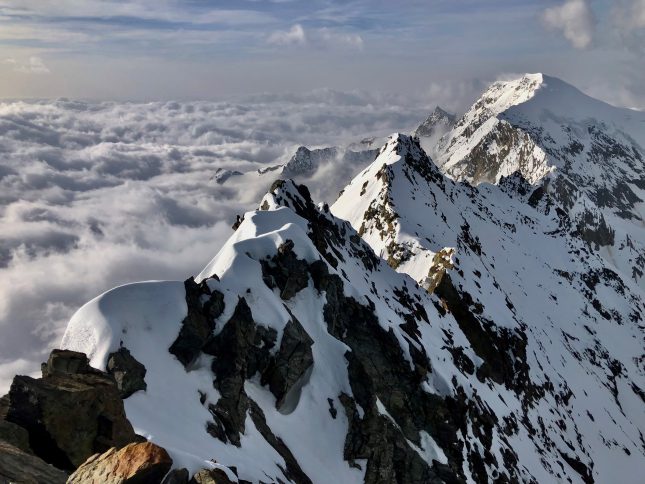
How can altitude be factored into your Alpine trip?
Working as a Mountain Guide, we often factor in a progression of altitude into an Alpine mountaineering programme over a period of time. Often this can take the form of training peaks prior to a major summit. This will be the case for many guided courses, and would therefore require no pre-acclimatisation prior to the course.
However, if you plan to go to 4000m or above on day 1 or 2, you should consider some pre-acclimatisation to minimise risk of suffering AMS. It takes time to acclimatise and it will ultimately depend on the mountains/altitude planned in your itinerary. Most mountains in the Alps will only require a couple warm up mountains or climbing days in order to help towards your acclimatisation. The term altitude profile means to aim for a progressive approach that allows appropriate time at altitude and for rest too.
Pre-accimatisation planning and benefits
Your pre-acclimatisation and any training peaks included in your course or trip itinerary can be great warm ups in many ways, not just for managing altitude. You might learn about new areas/mountain regions you and your team may not have been in before. Also, these days can be great for getting comfortable climbing again, and with the conditions and your equipment. Take these as opportunities to familiarise yourself with and refine your systems. How much you carry and what clothing works best can take time to perfect. The early training days or pre-acclimatisation are good for making weather observations too, and any patterns or themes developing that might be good to know before you and your team take on bigger mountains.
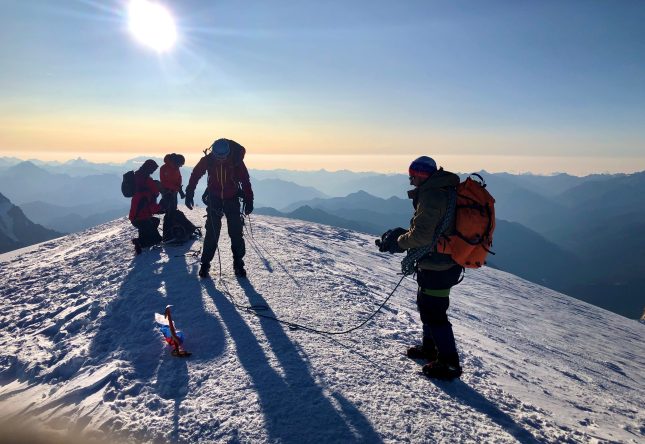
Climbing
If you and your team are rock climbers, rock climbing at lower/mid-mountain altitudes can be a great way of acclimatising. Not too committing and mostly less cardio involved, while at the same time great training given that knowing your climbing systems is core to much Alpine mountaineering. One great place for this is in the Saas Tal/Saas Fee area on the Jagihorn. A multi-pitch climbing venue and a summit of 3206m. This is a good altitude to be useful in training/acclimatisation for summits at 4000m, but not too high.
Some recommended climbs on the Jagihorn include:
Sudgrat (12 pitches, grade 5b)
Alpendurst ( 14 pitches, grade 4c)
MaRoCa (10 pitches, grade 5a)
more information can be found in guidebooks and at the Weissmieshutte –
weissmieshuette.ch
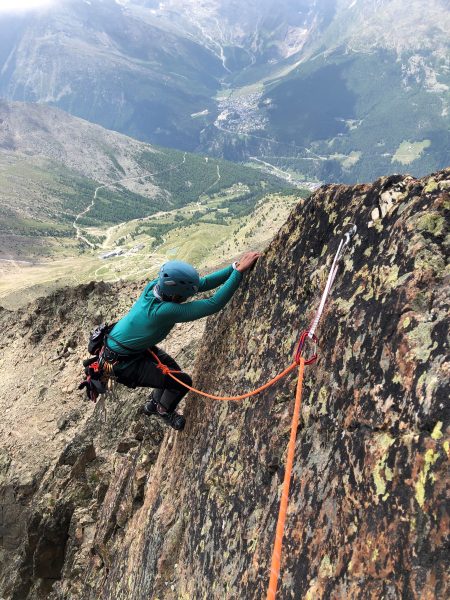
Via Ferrata
There are also a few Via Ferrata routes in the Saas Fee area, including on the Jagihorn. Again, these routes are often either in the valley or in an around mid-mountain altitudes, making them ideal for a training day and/or acclimatisation. Via Ferrata are an accessible way to get that mountaineering/climbing feel, typically featuring a manufactured route with cable ways, ladder runs, etc. that provide security when required in steep exposed places. With the correct equipment, you connect yourself to the system. This equipment can be purchased or often rented from local mountaineering shops. You can find detailed route information in guidebooks, online, or sometimes locally in climbing/trekking shops and/or tourist information.
Some recommended Via Ferrata routes in the area include:
Via Ferrata Jagihorn (plan 7 – 8 hrs for whole tour and grade K3)
Via Ferrata Mittaghorn (plan 4.5 – 5 hrs for whole tour and grade K2 – 3)
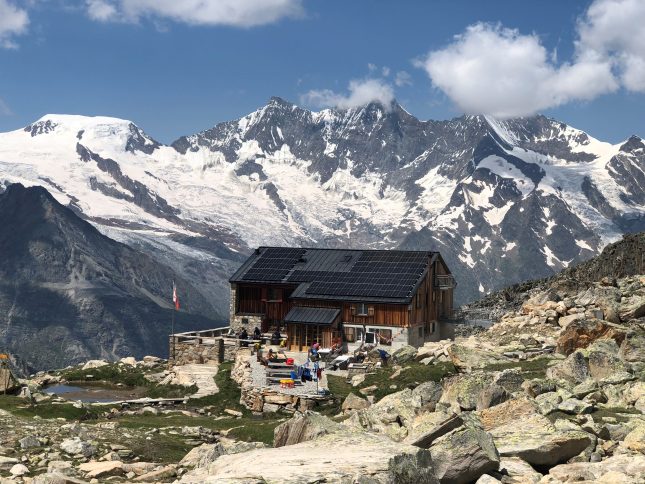
Trekking
Trekking to mountain huts is another great way of using your training days/pre-acclimatisation. It’s great cardio and takes you into the heart of the mountain to often ideal mid-mountain altitudes. The mountain hut network in the Alps is vast and impressive, with most mountains accessed from a hut at or near the base of the peak/glacier. Some hut treks are more difficult than others, so it is worth doing some prior research at the planning stage. Using the hut walks as some training is great, not only at altitude but for your fitness too. Consider the overall height gain to the mountain hut, as this will give you a time and idea of how difficult the approach is going to be.
Most information on how to access the mountain huts is readily available locally or online, with nearly all mountain huts having their own website now. When considering your training, aim to progress the height gain and reflect on how well you have covered the terrain. A 1000m height gain in a day will feel like good training especially when going to a reasonable altitude. So, plan carefully and be sure you have the time and ability to complete the day, especially if you are intending to return to the valley the same day.
The mountain hut training day walks can be extended to include an overnight at the hut too. This can be a great way of extending your time at altitude and a fun experience, giving you plenty of time to make the approach without having to return the same day. This would be an ideal and fun way of using your time acclimatising to lower altitudes prior to moving into a week of bigger mountains, especially if you wanted the full mountain hut experience and to be in the mountains overnight.
Some recommended mountain huts in the area:
Weissmieshutte – weissmieshutte.ch
Almagellerhutte – almagellerhutte.ch
Berghutte Hohsaas – en.hohsaashuette.ch
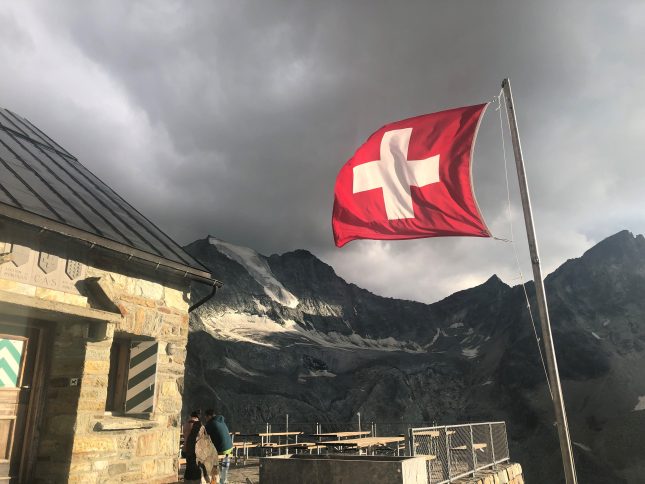
Guided/course options
Another way to plan your time if you are thinking of booking onto a course with a Mountain Guide would be to look for any complementary courses you could combine. Such as an intro course that then leads onto a 4000m week. For instance, we deliver a 3-day Discover Alpine Mountaineering course that combines nicely back-to-back with the Saas Fee 4000m Mountains course.
Sometimes extensions are advertised, such as Mont Blanc or Matterhorn extensions, with only the summit days after a week-long course.
Hopefully this will help you at the planning stage, giving you and your team some ideas when considering ‘warm ups’ and training days whilst adopting a progressive approach to Alpine mountaineering at altitude.
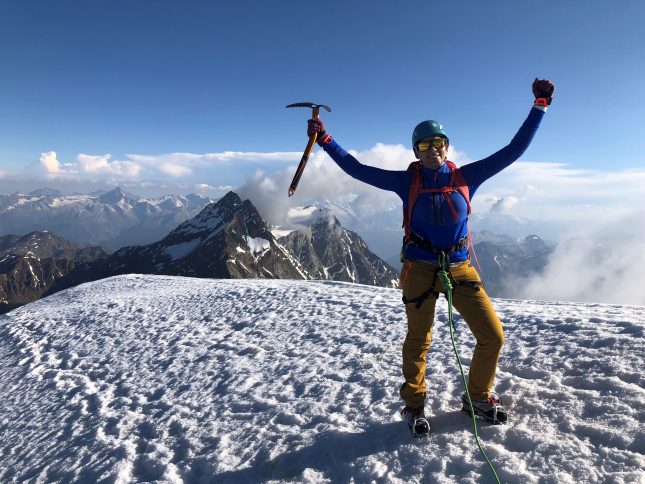
About Stuart
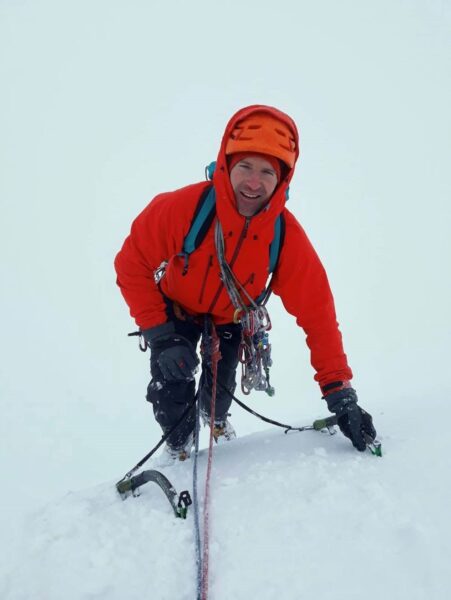
Originally from Northern Cumbria I started out hill walking in the Lake District when I was at school. I soon become interested in rock climbing and mountaineering, and was lucky enough to work and climb with Mountain Guides during my first job leaving school. Since then I’ve been working full time in the mountains for around 20 years.
At the same time as working, I enjoy climbing in my free time and have been lucky enough to go on many expeditions around the world, climbing new mountains, first ascents and tough remote summits. Places such as Patagonia, Alaska, Himalaya, Peru, Baffin Island, Yosemite and China. In 2004 I was nominated for the prestigious Piolet d’Or in Grenoble, France, for a 1st ascent of the ‘Supa Dupa Couloir’ in Alaska.
I love my job as a Mountain Guide, teaching and exploring big mountains in all weather all year round. I joined the Glenmore Lodge team in 2019 and head up the Summer Alpine programme.